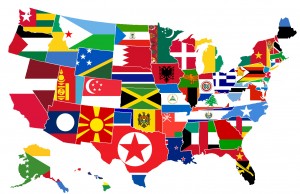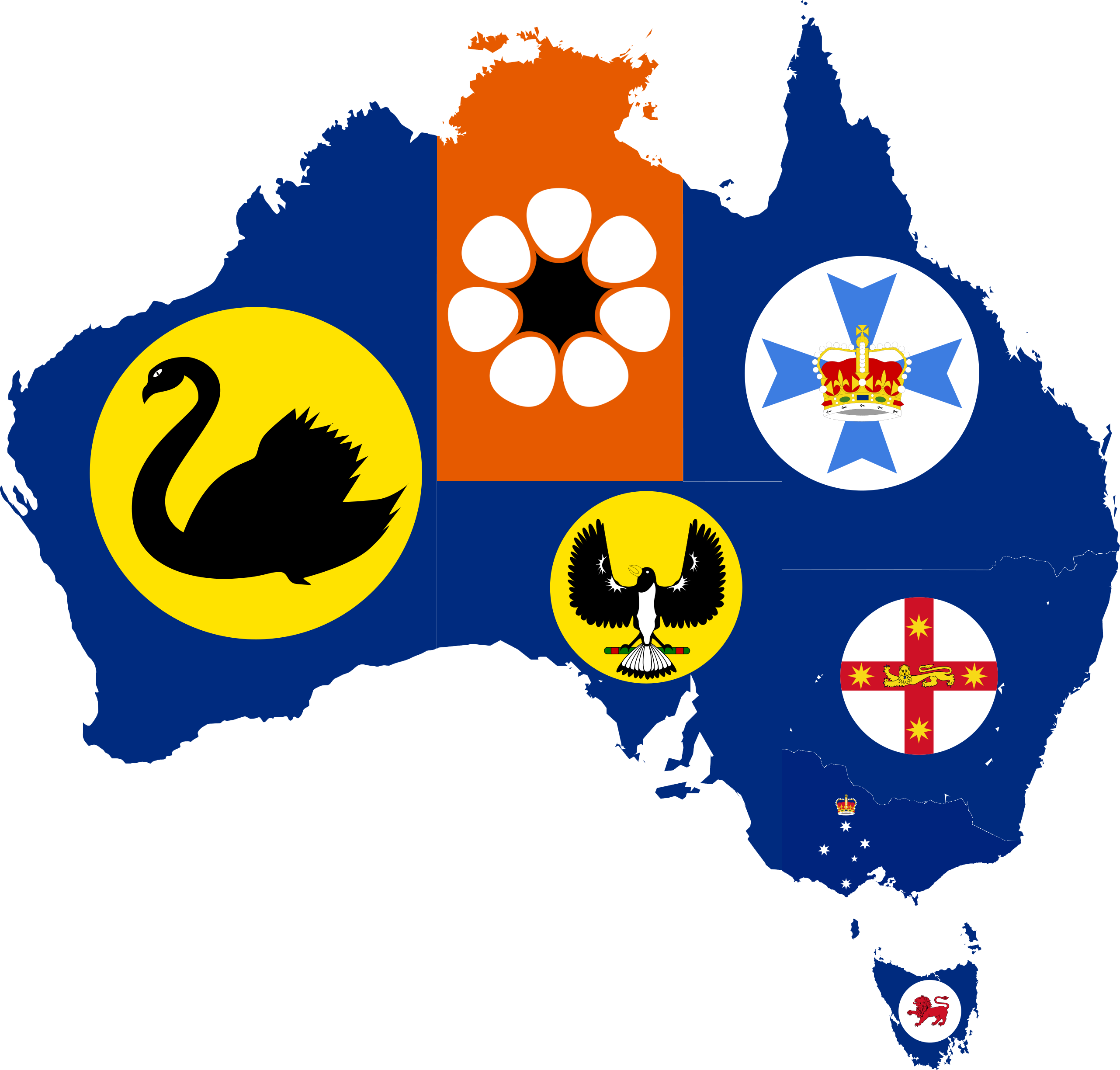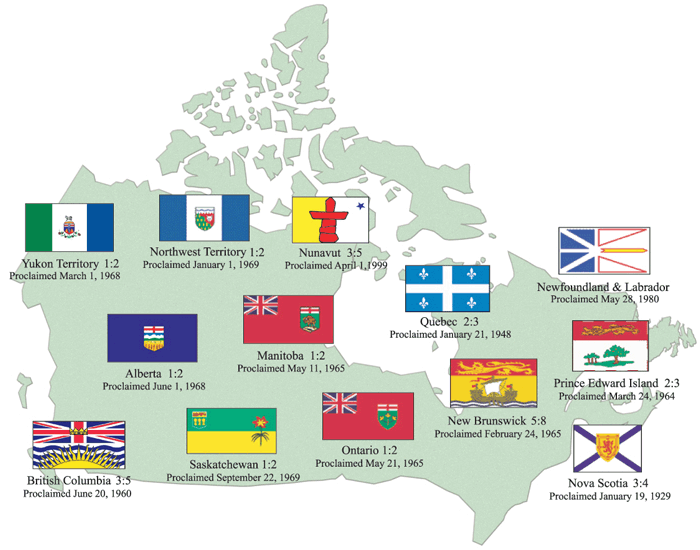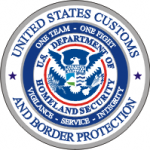USA
 The United States is a country where most students would want to go and further their study. But to be able to enter the country they will need a visa. That visa should be obtained prior to the date of departure to the United States. As a student, you need to properly be informed as to what it takes to get that visa. There are many people that try to get it but end up being denied because they didn’t go through the proper channels. It is important to know what type of visa to apply for and what other documents to add in the application process. Just read through this articles to have a better picture of the whole process.
The United States is a country where most students would want to go and further their study. But to be able to enter the country they will need a visa. That visa should be obtained prior to the date of departure to the United States. As a student, you need to properly be informed as to what it takes to get that visa. There are many people that try to get it but end up being denied because they didn’t go through the proper channels. It is important to know what type of visa to apply for and what other documents to add in the application process. Just read through this articles to have a better picture of the whole process.
Type of visa needed
There are 2 main types of visa that a student can apply for to go to US. They are the F-1 visa and the M-1.
In most cases you will probably need an F-1 visa. The F-1 visa is for those who want to engage in academic studies in the recognized schools in the country, be it a university or an approved English language program. In most cases a student applying for an F-1 visa will find himself in a course that takes more than 18 hours of study a week.
People going for vocational studies will rather need an M-1 visa.
What you need before applying for the visa
There are steps that need to be taken and documents that need to be produced before you can go ahead to apply for either an F or M visa. They are:
- An approved Form I-20 from your U.S. school or program
- A valid passport that would expire at least 6 months after your intended period of stay
- One (1) 2″x2″ (5cmx5cm) photograph
- A Nonimmigrant Visa Electronic Application (DS-160) Form
- A receipt showing payment of your US$140 non-refundable nonimmigrant visa application processing fee
- A Form I-901 SEVIS fee receipt indicating the SEVIS fee has been paid
Take the time to research properly into each of the items listed above and understand what they are all about. If you provide the wrong item, it will be rejected and the visa will not be granted.
After submitting those items, you will also be required to present an interview appointment letter that confirms that an appointment has indeed been booked. For the interview, make sure you bring along any other document that may in one way or the other support the information provided in the items requested.
The necessary timing
Once you have all the necessary documents you can go ahead and apply for the visa. It is smarter to apply much earlier to make sure the processing time does not delay you with respect to the date on which the course will start. That said don’t apply too early either. You are free to delay the course and possibly join the next batch in case you are dealing with certain issues in your country but keep in mind that no F-1 visa can be issued 120 days before the actual start of the academic program. Don’t apply too early either.
The date at which the course starts is usually mentioned on the I-20 form that you will get from the school you are applying for. So make sure to check that out and apply for the visa at the right time.
Also keep in mind that even after you receive your F-1 visa, you will still not be allowed to enter the United States more that 30 days earlier with respect to the time your course is supposed to start. If the course start on the 1st October, you can’t enter the country on the 15th July of that same year even if you already have the visa in your possession. But you will be allowed to enter on the 15th September (2 weeks before classes begin).
What to take along for the interview
After submitting the application documents, you will also be required to take an interview at the US embassy in your country. Prior to that you will have to pay a $100 SEVIS fee and a visa processing fee. On the day of the interview, this is what you should take along with you:
- your passport
- the completed From form I-20
- proof of payment of the SEVIS and visa application fees
- acceptance letter from your US university
- a completed visa application form
- documentation of your financial ability to support yourself
- Information supporting the fact that you will return back to your country once done with the course.
Processing time and cost
The fees related to the visa application will have to be paid in your local currency even though the real price is actually fixed in dollars. You will have to convert it back to your local currency to know exactly how much you should pay.
Some of the fees you need to take care of are the application fees ($140), the the SEVIS fee ($100) and the visa issuance fee (the cost depends on the country you find yourself in). That aside you will also have to provide documents proving that you will be able to take care of yourself during the time you are going to spend in the country. This can be in the form of a bank statement showing the balance in the account which expected to be more than enough to cover the expenses during your stay in the US.
To have a fair idea of how much should be left in your bank account before going to the United States you should add the tuition fee, the renting fee and the yearly feeding cost together. The cost of living in certain states might be higher compared to others. So take the time to do a research on that. It is important that your bank statement reflects a balance that is higher than the amount you really need once in US. Otherwise you are going to be denied the visa.
Also keep in mind that the bank statement provided should reflect the fact that it has been in use for a certain amount of time. Just opening a new bank account and putting in a big, one time amount, will attract suspicion and you will have to explain how you got the money.
When it comes to processing time, it depends on the country you find yourself in. In some countries it may take some few weeks while in others, it may take months.
The benefits of studying in the US
Thousands of students all over the world hope to one day further their studies in USA and that is for a good reason. There are more higher learning institutions in the US than any other country and the quality of education is unbeatable. The facilities available in those schools allow students to work with cutting edge technology that may not be available elsewhere.
A degree earned from an institution in US is recognized worldwide. With all the supporting industries and research facilities affiliated to the schools, the student is giving to opportunity to apply the knowledge acquired straight away. Computers are readily made available with high speed Internet.
The course offered also have a level of flexibility that allow the student to work part time and earn something for himself as he is learning.
On top of everything, it is the campus experience that is the most valuable. The connections that are built during the time spent on any of the renowned universities are key to the success that most student enjoy afterward. Some of the world class institution found in US like California Institute of Technology, University of Pennsylvania and Stanford University only allow the best students to attend so they are some of the best places where the brightest brains meets.
During your stay in the country you can also take the time to visit beautiful cities like New York, Boston, San Francisco and Atlanta.
The best place to start inquiring for a a student visa is probably here
http://travel.state.gov/visa/temp/types/types_1268.html
Some of the best universities in USA are:
Harvard University
Princeton University
Good luck with the visa application.









